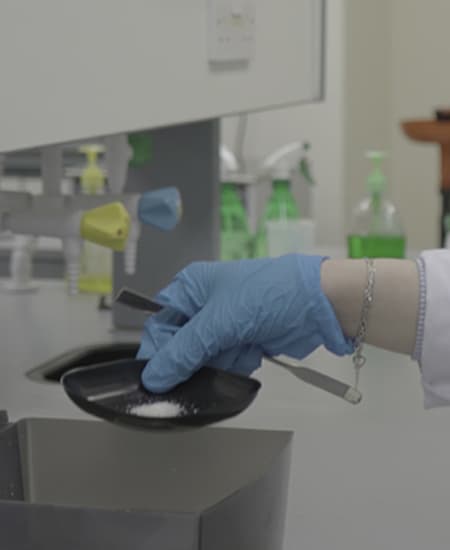Gene Therapy: Revolutionary therapy for Duchenne Muscular Dystrophy Patients
Gene therapy involves delivering genetic materials into the body, ultimately crossing the cell membrane to initiate a therapeutic response. The mechanism of action involves delivering functioning genes to correct underlying genetic flaws.". Genetictherapy can give hope to patients with rare & complex diseases. Gene therapy can be delivered via viral vectors such as adeno-associated vectors, herpes virus, and pox virus, or non-viral vectors like physical methods (such as naked gene delivery, gene gun, and ultrasound) or chemical methods. The advantage of nonviral vectors is their convenience of use and being much less toxic. Gene therapy offers a viable route for treating life-limiting degenerative neuromuscular diseases like Duchenne Muscular Dystrophy (DMD). This disease is caused by mutation in the DMD gene, which expresses the dystrophin protein The absence of dystrophin leads to the absence ofsarcolemma structural support and decrease in sarcolemma integrity. This will lead to continual contraction which leads toexhaustion of components needed to repair muscle fibers, thus damaging all types of muscles as well as cardiac and smooth muscle cells leading to loss of movement and coordination. Vector-mediated gene therapy delivers functional DMD genes to cells lacking dystrophin protein. Adeno-associated virus (AAV)-mediated mini-/microdystrophin transfer and artificial chromosome-mediateddystrophin delivery are the major approaches in vector-mediated gene therapy. One drawback of using AAV for delivering the DMD gene expression is the large size of the dystrophin which is (2.3mb). The solution to this obstacle was inventing a shortened functional version of dystrophin called “Microdystrophin” with a much smaller size (only 4kb), which was designed to include only the critical sections of dystrophin. According to different studies,15% to 20% dystrophin restoration is needed to protect muscle fibres from exercise induced damage, in DMD patients, 30% dystrophin level restoration is sufficient to prevent muscle dystrophy.
For more details, click here.

